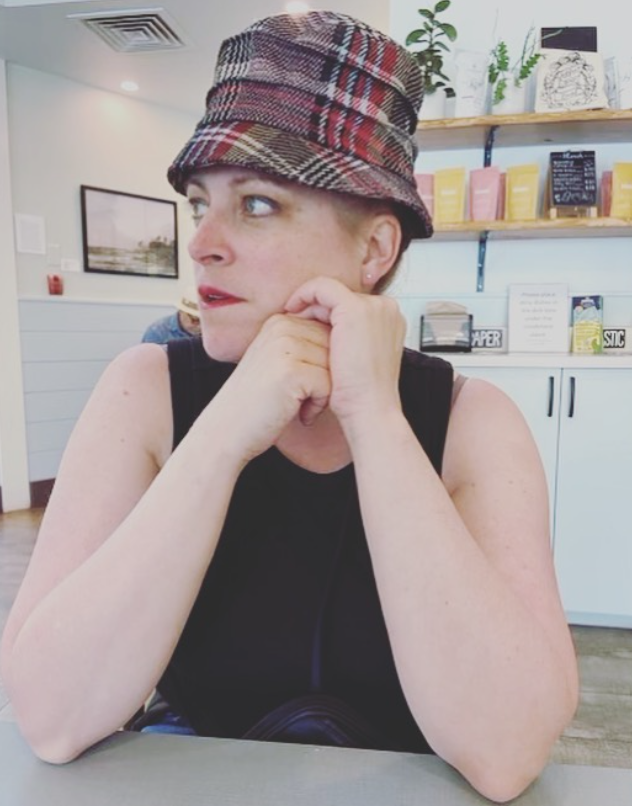What Do You Want to Be When You Grow Up?
And yet, I don’t think we make this clear enough to students.
Who we become is never a destination and throughout your life, your gifts will merge and become stronger than you ever imagined, if you let them. – B Clark
Case in point…
Friday was our school’s special feast day celebration.
The theme: Holiness and Walking Together in God’s Holiness.
My interpretation is that we are fully expressing God’s Holiness when we share our gifts.
Not presents, as I told the students, but those things that we can do effortlessly that bring joy to ourselves and to the friends in our lives.
I read them a book: The Dunderheads by Paul Fleischman.
A hilarious book about a group of misfits, with several oddball talents, like “spit-balling” “climbing walls” and “engineering fancy bikes”, which leads to a successful heist of a confiscated object by a really deranged looking teacher.
They liked it. It was all about those gifts that are not considered to be gifts, but in fact are when shared with others and not kept too close to the heart.
Then…
I explained that Little me…Lil Mrs. Clark was blessed with Gifts.
Student: “Lil Mrs. Clark! That could be your rapper name.”
Me: Yes, if this teaching thing does not work out.
I told them that some of their gifts might be causing trouble, that their gifts might have not found a home yet.
Me: For example, some of you might be bossy. You will likely be leaders but you have not found your people yet or a way of expressing it properly. It’s OK. Your gifts will begin to make sense as you find a place for them in the world. Look at Jim Carey! He was highly irritating in school but now he is a successful actor. So we have to be patient.
They nodded.
I told them that when I was four, I played teacher with my dolls. I also loved to draw.
I shared that as a grade one student, I was kicked out daily for talking.
Me: But hey, I talk all the time as a teacher. So it all worked out!
I explained that our gifts are revealed as we grow.
I have discovered an affinity for writing.
I love entertaining other teachers at my professional development sessions.
There is learning at these sessions, I promise you. How can learning not be fun?
I can connect to anyone, new or old acquaintances with ease. I know most of the students in my school by name, at least 85% out of 760-ish.
I can connect ideas together, often from the pop culture world. This has been life long. I remember…EVERYTHING! My brain is an endless hard drive of crazy information.
I told the students on Friday, that all these gifts – reading, writing, working with other teachers and students- PLUS putting myself out there, resulted in a published article. I highlighted the exciting nerd factor of all this.
Student: Do you need glasses to be a nerd?
Me: Definitely not!
The student made a huge smile and sighed.
I talked about how my art style has changed from the realistic fine art of my 20’s to crazy paper dot collages. I draw an image and use a hole puncher to punch out circles of color from magazines. It’s relaxing. Here is one I made from an image in the book Bluebird by Bob Staake. I added some words after and turned it into a prayer card for my staff
I told the students that I have begun to bring back my old art. Sometimes in our learning journey we return to old gifts.
I mentioned that another student in grade 6 inspired me to create an Instagram account just for my art.
Student: WAIT!!! Students can inspire you?
Me: YES! All the time, you all inspire me every day. I am so blessed to work with you.
These students were listening.
I ended with showing them how to make a mini book and draw a pigeon. This was my gift to them.
Me: I want to show you a wellness tool, drawing. Do you know that writing is also very helpful when you are stressed? Write down your thoughts before sleeping, you will sleep better.
Me: Also, I will tell you this, because these wellness tools helped me to survive cancer 20 years ago.
The students look up concerned.
Me: HEY! I’m still here.
Huge sighs.
Me: But you need to know about the body mind connection, these are wellness tools. My gift to you, whether you usually draw or not. Give it a try.
The session comes to a close. They blow me away with their drawings and eagerness to share.
What do I want to be when I grow up?
A person of HOPE! HEALING and HAPPINESS!
That is what I am trying to do. Our students they need these messages more than ever.
What we have in our classrooms are students bubbling with gifts.
How can schools recognize and nurture student gifts from the obvious to the obscure?
Step one is recognizing and nurturing our own gifts.
Step two is to share our gifts with students and our learning journeys.
Step three is to encourage those student gifts.
Indeed, walking in God’s Holiness, is just that…walking the talk.
Share what you know and watch them grow!
This is my hope for you!
Love Coach Clark!







